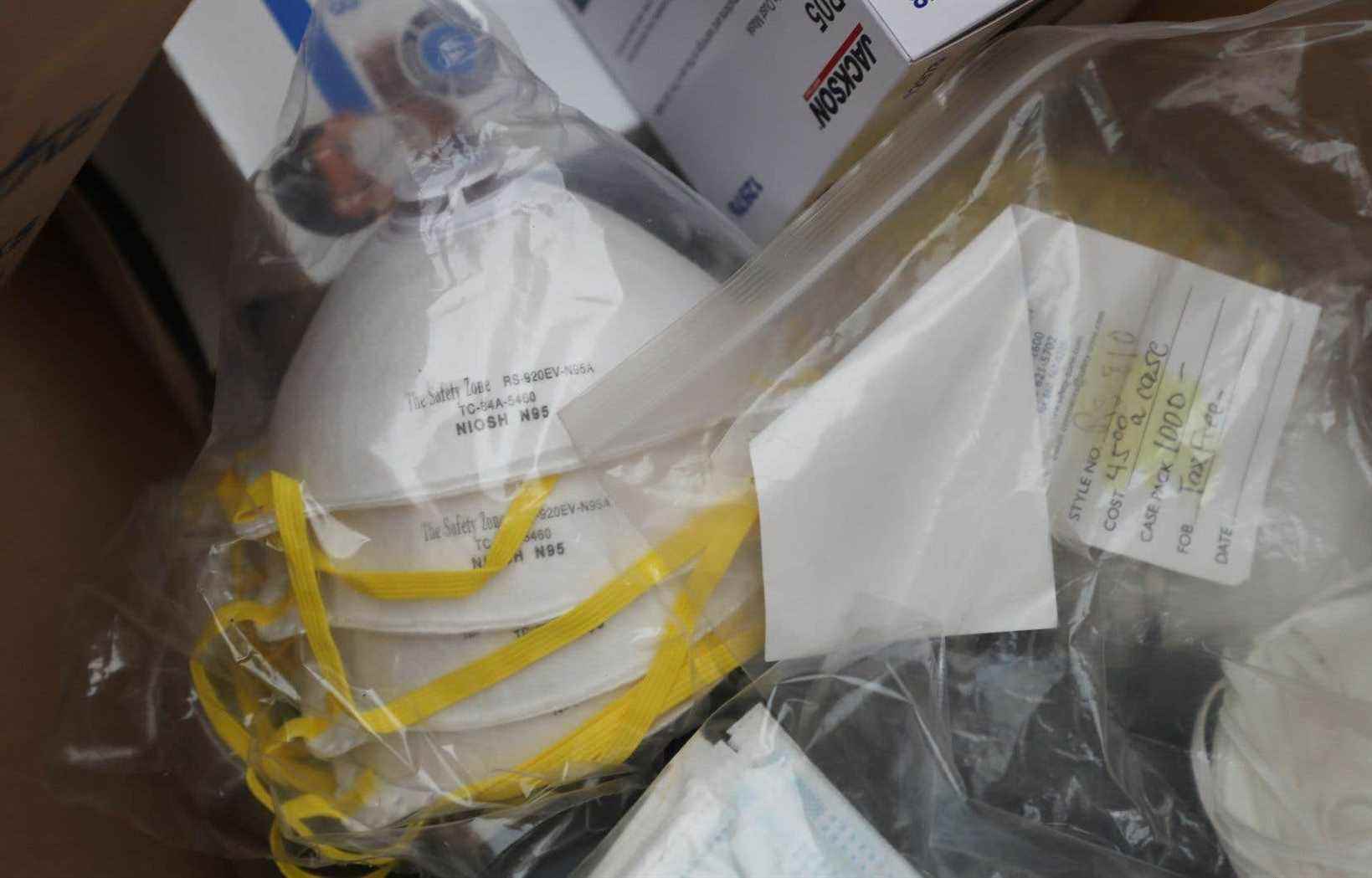“In field studies, whether people used a medical mask or an N95, it didn’t change anything,” insisted Dr. Chantal Sauvageau, of the National Institute of Public Health (INSPQ), during her visit on Wednesday to the hearings of coroner Géhane Kamel on the deaths of elderly or vulnerable people that occurred in residential settings during the first wave of COVID-19.
In recent weeks, the body has been criticized by several witnesses, who accused it of not having applied the precautionary principle regarding the possible aerial transmission of the virus. This type of propagation requires, among other things, the use of an N95 type mask, which the INSPQ never recommended during the first wave, except in certain specific cases, where medical equipment affected the ambient air.
The institute now recognizes that part of the transmission “takes place by aerosols in the air”, but that “there is no clear direct evidence that this virus is transmitted by air, that is to say let it remain in suspense over longer distances ”.
The studies on which it is based have mainly been done in hospitals, qualified Dr. Sauvageau. Residents of CHSLDs, with a loss of autonomy, often need an employee to be in physical contact with them over an extended period to perform certain tasks. These contacts are much more frequent than in the hospital.
Droplets and aerosols
“The vast majority of transmission is through prolonged contact, it’s a consensus,” said Dr. Sauvageau.
When a person is infected, members of their household have a only one in five chance of catching the disease in turn, she said. If the virus were to spread all over the air, “they would all have fallen ill.”
She acknowledged that “a few outbreaks where there seemed to be cases not explicable by close contact” have been identified around the world, but they remain a small minority “in the mass of data”.
“And each time, there was an additional factor,” she explained, citing the case of a restaurant where the ventilation was very strong, but in one direction. While several tables had been contaminated because of a single carrier person sitting in the room, “at the tables which were upstream from that source, no one had been infected”.
Information maze
The INSPQ made its recommendations “as best it could” despite “contradicting scientific literature”, defended its associate vice-president for scientific affairs, Dr. Jocelyne Sauvé.
“What is true today can be refuted tomorrow,” she explained, recalling that, during the pandemic, many articles were published without peer review, for the sake of speed.
The INSPQ therefore had to be based on constantly changing knowledge, keeping in mind that “better the best possible recommendation in the circumstances than no recommendation at all”.
Asked about the fact that an article defending the theory of airborne transmission had been published in a scientific journal even before the first wave, Dr. Sauvé replied that “you do not base a decision on a single article”, but of course a scientific consensus.
“How many times has it happened in the scientific literature that an article is published, and that a few months, a few years later we learn that, oops, ultimately it’s not good? “
The context of the investigation
The coroner’s inquest is looking into the deaths of elderly or vulnerable people who occurred in residential settings during the first wave of the COVID-19 pandemic.
During this period, from February 25 to July 11, 2020, Quebecers aged 70 and over accounted for 92% of deaths from COVID-19, according to data from the Institut national de santé publique du Québec.
Its objective is not to identify a culprit, but to formulate recommendations to avoid future tragedies.
Six CHSLDs and a retirement home were designated as a sample. One death was examined for each establishment. Since November 1, the c
